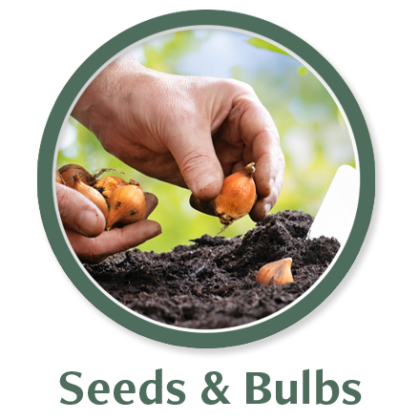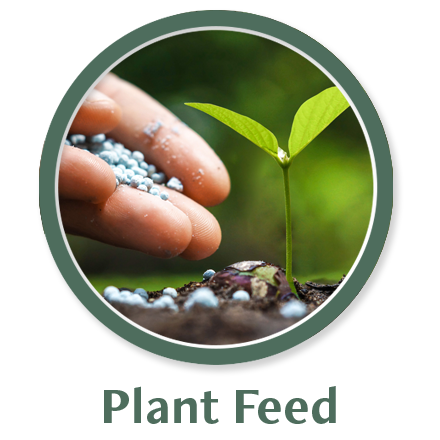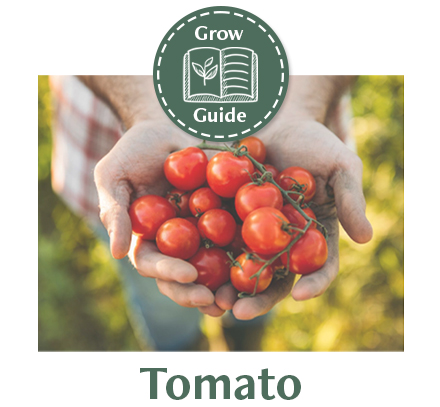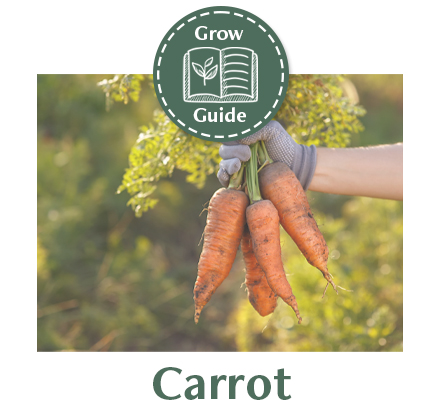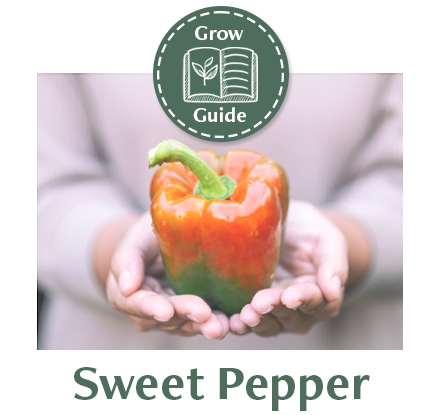

Strawberries are full of water, in fact 91% of each strawberry is water, making them a refreshing snack in the summer months.
Each 100g of strawberries contains 32 calories, 4.9g of sugar, 2g fibre and 0.3g fat. The carbs within the strawberry comes from simple sugars; glucose, fructose and sucrose and have a relatively low glycaemic index score of 40. This means strawberries are considered a safe food for diabetics and will not lead to big spikes in blood sugar levels.
Like any fresh fruit strawberries are packed with vitamins, the predominant ones being vitamin C, necessary for good skin health and immunity boosting.
Tissue growth and cell function is promoted by the intake of folate (vitamin B), another vitamin found in the fruit and is particularly necessary for pregnant women and older adults.
The deep red colour of strawberries is a result of pelargonidin the main anthocyanin found in the berry and is an important antioxidant.

A great choice for those who are looking for a quick growing crop that doesn’t require a lot of space. They can even be grown in containers or hanging basket, making them ideal for balconies or smaller spaces, alternatively grow them in rows directly into the ground for a larger crop.

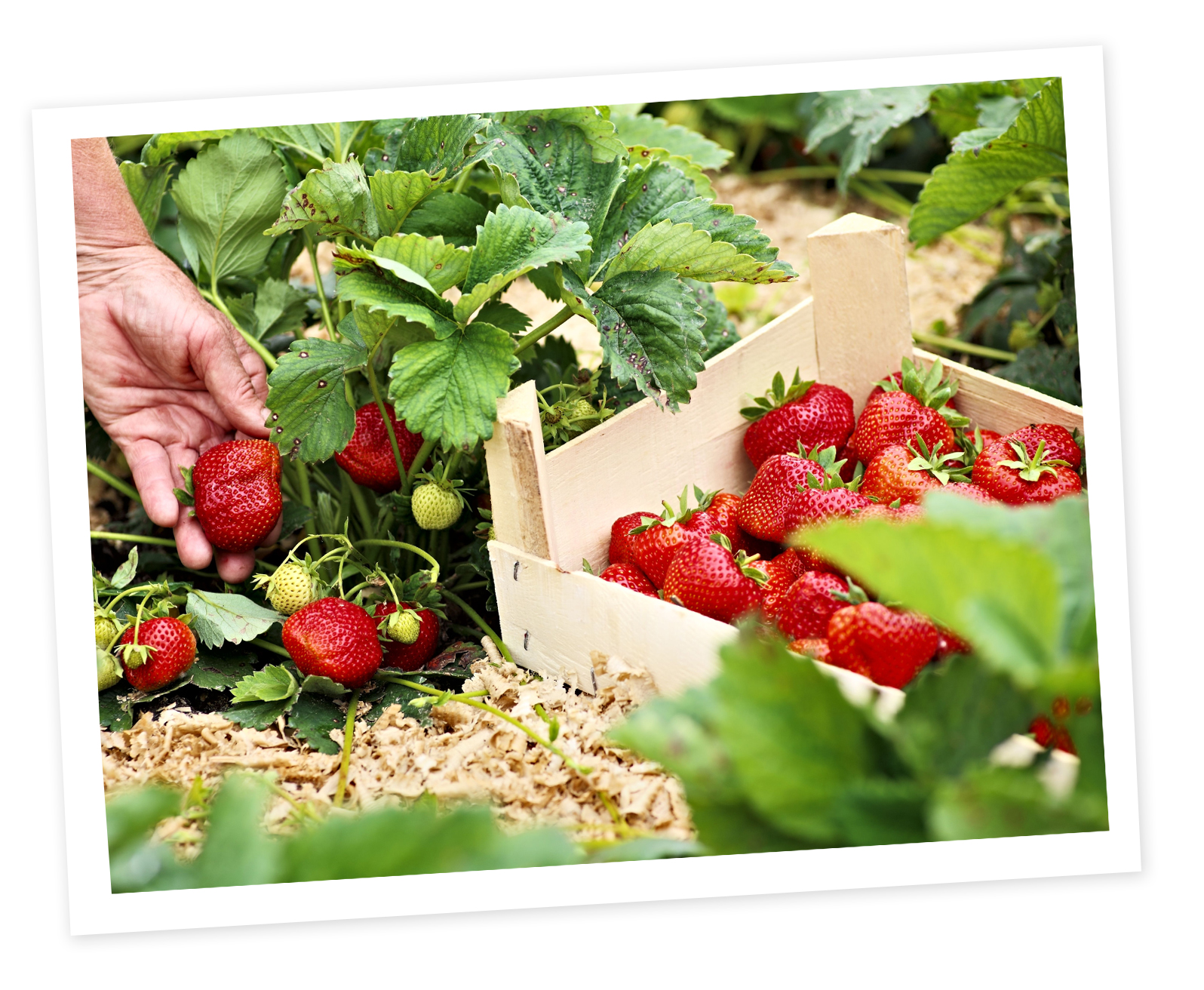
Strips or pots of young strawberry plants are available from late-winter or early spring ready to be planted out in March until April, and then again in September through until October for an early crop the following year.
Runners from mother plants can be potted on from March as a cost-effective way to create more plants. Peg the runners at a distance whilst attached for the mother plant, then once their roots are well established then remove the joining stem.

Strawberries require a sunny location. Soil should be fertile and well-drained, avoiding planting where potatoes, chrysanthemums or tomatoes have grown previously as they are prone to verticillium wilt.
You can improve drainage and encourage rooting depth by growing strawberries in raised beds. This is also a good idea if soils are poor in your area, otherwise directly into the soil should be fine.
They can be affected by the cold so aim to plant in a sheltered location and make sure to cover from frosts.
Windy locations will limit the chances of pollinating insects from reaching your plants, so another reason to plant in a sheltered location.



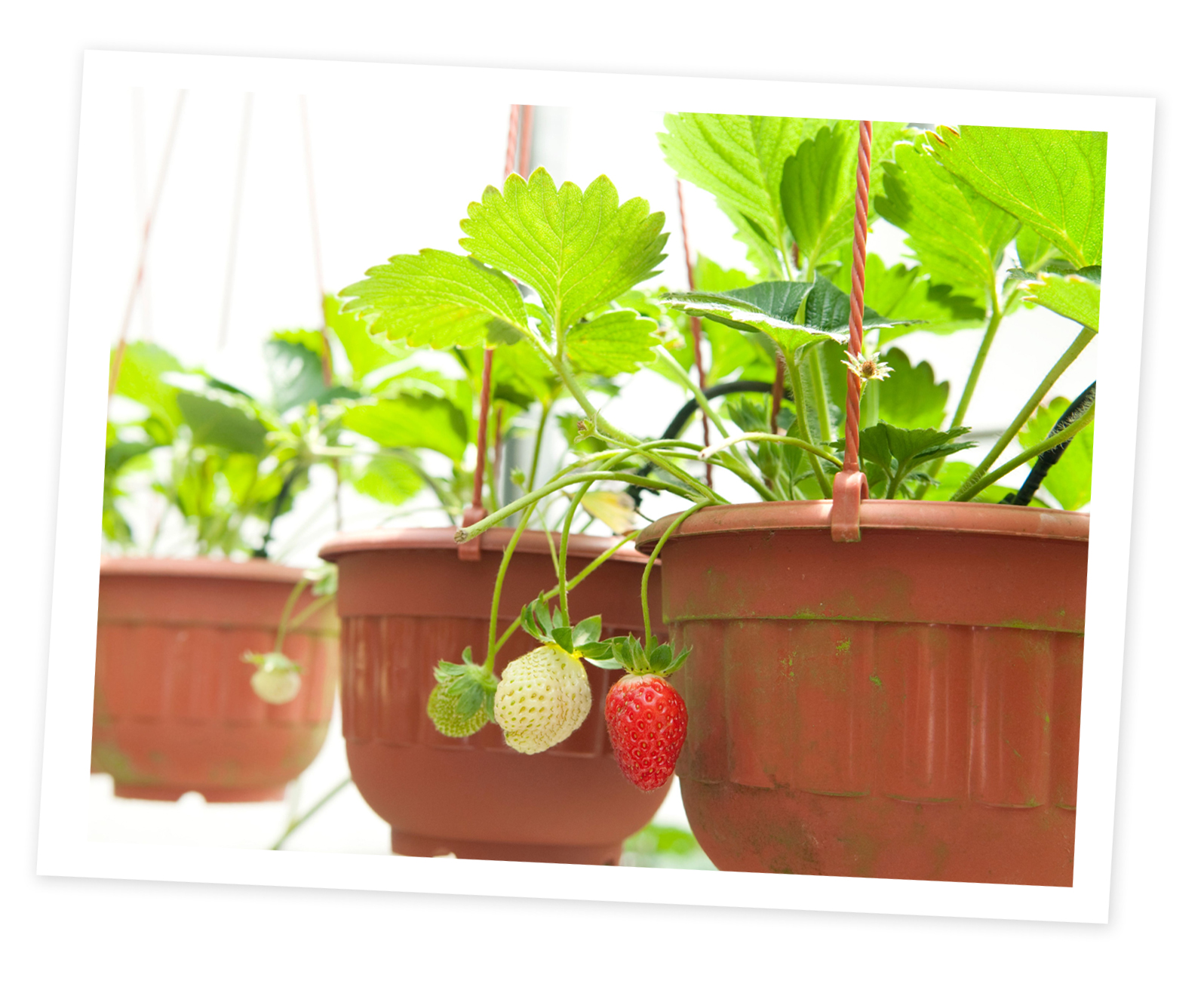
A general fertiliser should be applied in early spring at a rate of 50g per sq m then change to a liquid potash feed during the growing season every 1-2 weeks. We suggest Growmore for a general fertiliser and a Tomorite feed for the potash feed.
A frequent watering is required for new plants as they are establishing and during any dry periods later on in the growing season. It’s best practise to water the plants directly at the roots to avoid getting the crown of the plant wet which can promote disease.
Cover the soil around the plants in straw or fibre matting once fruits are starting to show. This will help keep the plants clean and healthy.
The plants will benefit from having old leaves removed after cropping has finished, this will allow fresh leaves to develop. This is more of a necessary with autumn fruiting plants rather than summer fruiting, to reduce the chance of the plants suffering from pests or disease.
Strawberries fruit well for 4 years then will require removing in place of new plants. The plants should also be rotated around the garden or allotment space to minimise the risk of disease build up in the soil.


Bird and squirrel damage
Birds will often ravage strawberry crops, leaving tell-tale large holes in the fruit. To limit the damage from birds try covering the plants with netting as soon as they planted. If squirrels are an issue use a wire mesh in place of the netting.
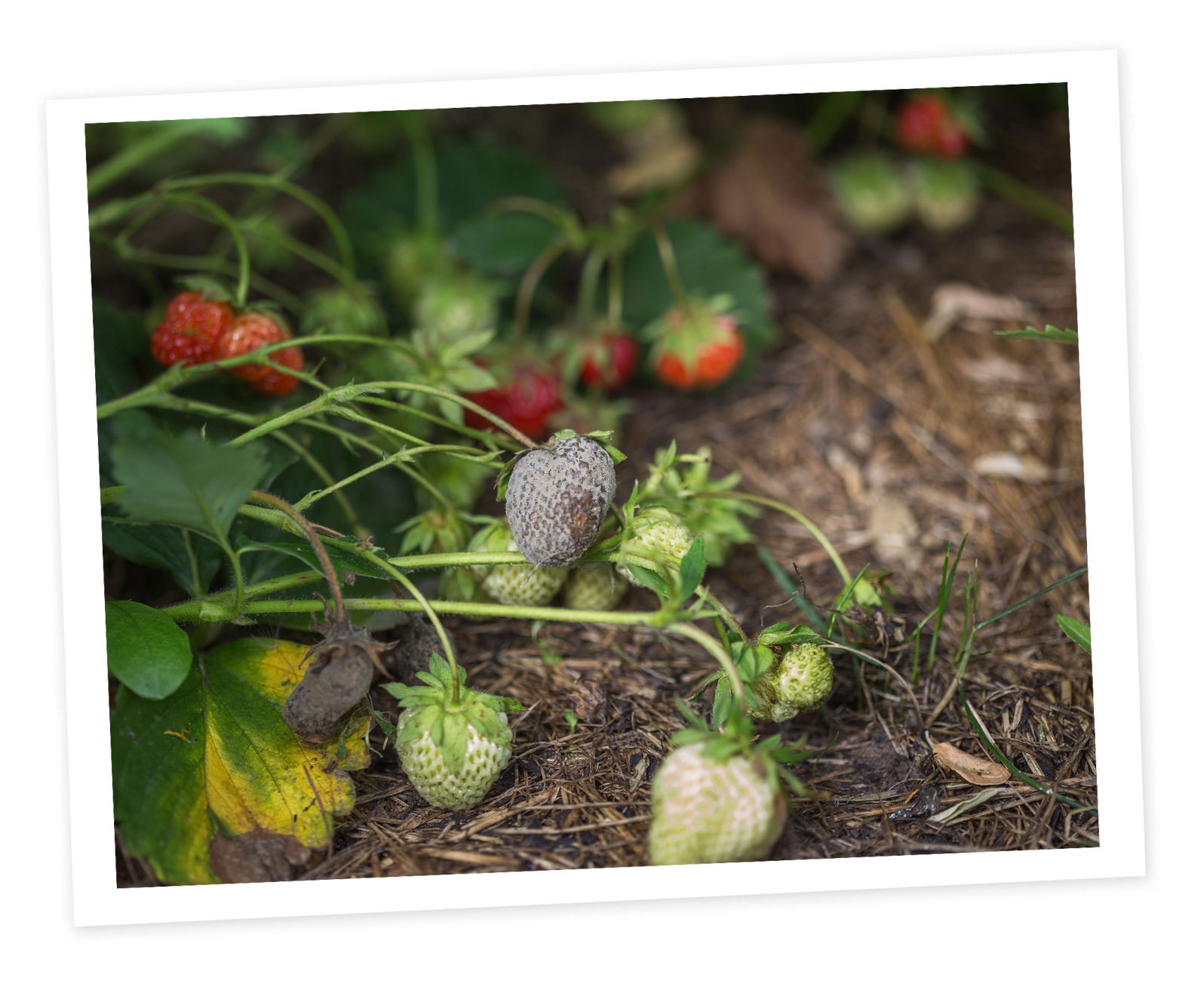
Grey Mould – Botrytis
A common issue in the garden, botrytis can be recognised by it’s grey, fuzzy fungal growth on the plant and fruit. Spores enter the plant through flowers and damaged tissue and is more likely found in wet and humid conditions.
By removing any damaged areas of the plant, the chance of the spores getting into the plant is reduced. Make sure plants are well spaced and greenhouses have good ventilation. Clearing any debris will also help.
Powdery Mildew
Recognised as a white powdery deposit over the leaf surface, leaving the them stunted and shriveled. To avoid powdery mildew keep soil moist and grow in cooler locations.

Summer fruiting varieties have large fruits and a large yield within a short period of time – usually around 2 to 3 weeks. Look out for early, mid and late fruiting cultivars to extend your cropping period.
Perpetual strawberries (everbearers) will yield smaller sized fruits than the summer varieties and in smaller waves of fruiting from early summer through until early autumn.
Strawberries are at the most tastiest when eaten straight from the plant at the warmest part of the day.
They do not keep for long and will not hold their shape well when frozen.




